Popular Dog Breeds: How to Identify Them and Understand Their Behavior
Dogs are known as "man's best friend" for good reason. They come in all shapes and sizes, with each breed offering unique traits, behaviors, and characteristics that make them special. Whether you're a first-time dog owner or looking to learn more about different breeds, understanding how to identify popular dog breeds and their typical behavior can help you make the right choice for your home.
In this blog, we'll explore some of the most popular dog breeds, how to identify them, and their common behaviors.
1. Labrador Retriever
Identification: Labradors are medium to large-sized dogs with a strong build. They have short, dense coats that come in three colors: black, yellow, and chocolate. Their broad head, expressive eyes, and otter-like tail make them easily recognizable.
Behavior: Labradors are friendly, outgoing, and high-energy dogs. They are great family pets, known for their loyalty and gentle nature with children. Labs love outdoor activities like running, swimming, and retrieving, making them a perfect match for active owners. They're also easy to train and often used as service dogs due to their intelligence.
2. German Shepherd
Identification: German Shepherds are large, muscular dogs with a noble and confident appearance. They have a double coat, typically in black and tan, though other variations like sable or black exist. Their erect ears and keen, alert expression are signature traits.
Behavior: German Shepherds are known for their intelligence, loyalty, and versatility. They are often used as police or working dogs due to their protective instincts and ease of training. They are confident and courageous, making them excellent guard dogs. However, they are also gentle and affectionate with their family.
3. Golden Retriever
Identification: Golden Retrievers have a dense, water-repellent golden coat, floppy ears, and friendly, expressive eyes. Their medium to large build and powerful, yet graceful movements are iconic.
Behavior: Golden Retrievers are gentle, loving, and highly social. They thrive on human interaction and are excellent with children, making them ideal family pets. They love to play, especially fetch, and enjoy swimming. Goldens are easy to train and are often used as therapy or assistance dogs because of their empathetic nature.
4. Bulldog
Identification: Bulldogs are medium-sized with a muscular, stocky build. They have a distinctive wrinkled face, pushed-in nose, and loose skin around their head. Their coat is short and smooth, often in colors like brindle, white, or fawn.
Behavior: Bulldogs are known for their calm, friendly nature. Despite their tough appearance, they are affectionate and form strong bonds with their owners. They tend to be less energetic than other breeds, preferring to lounge around. Bulldogs are good with kids and are easy-going, though they can be stubborn during training.
5. Beagle
Identification: Beagles are small to medium-sized hounds with short coats, floppy ears, and a distinct white-tipped tail. They have a keen sense of smell and are often tricolor (black, white, and brown) or bicolor.
Behavior: Beagles are curious, energetic, and friendly dogs. They are known for their strong sense of smell and love for following scents, which can sometimes lead them into mischief. Beagles are great with children and other pets, making them excellent family dogs. However, they can be a bit stubborn during training, requiring patience.
6. Poodle
Identification: Poodles come in three sizes: standard, miniature, and toy. They are easily recognized by their curly, hypoallergenic coat and elegant, slender body. Poodles come in a variety of colors, including white, black, apricot, and gray.
Behavior: Poodles are highly intelligent and trainable, making them excellent companions for families and individuals. They are active dogs, enjoying activities like running, swimming, and playing fetch. Despite their elegant appearance, Poodles are playful and energetic, often excelling in agility and obedience competitions.
7. Dachshund
Identification: Dachshunds are small dogs with a long body and short legs, earning them the nickname "sausage dog." They have three coat types: smooth, long-haired, and wire-haired. Their coat colors vary widely, from black and tan to red or dappled.
Behavior: Dachshunds are bold, curious, and sometimes stubborn. Despite their small size, they have a big personality and are known for their bravery, often willing to take on larger animals. They are loyal to their families and make excellent watchdogs. However, they can be independent, requiring consistent training.
8. Boxer
Identification: Boxers are medium to large dogs with a muscular, athletic build. They have a short coat, usually in fawn or brindle, with a black mask on their face. Boxers are known for their expressive, playful faces and strong jaws.
Behavior: Boxers are energetic, playful, and affectionate. They are known for their boundless enthusiasm and love for their families. Boxers are great with children and are protective, making them good family watchdogs. They require regular exercise and mental stimulation to prevent boredom, as they are an active breed.
9. Yorkshire Terrier
Identification: Yorkshire Terriers, or Yorkies, are small dogs with a silky, fine coat that is typically tan and steel blue. Their compact size, erect ears, and expressive eyes give them an alert and lively appearance.
Behavior: Yorkies are feisty, energetic, and confident despite their small size. They form strong bonds with their owners and can be protective, often acting like a much larger dog. Yorkies enjoy being the center of attention and are good companions, though they can sometimes be wary of strangers.
10. Shih Tzu
Identification: Shih Tzus are small dogs with long, flowing coats and a distinct "chrysanthemum face" due to the way their facial hair grows. They have a compact body, large dark eyes, and a short snout.
Behavior: Shih Tzus are affectionate, outgoing, and happy dogs. They love being around people and are good with children. They are not overly active and are content with short walks or indoor playtime. Shih Tzus are also relatively easy-going and make great apartment pets.
How to Identify Your Dog’s Breed
If you're unsure about your dog's breed, here are a few key factors to consider:
Physical Traits: Look at the size, coat type, color, ear shape, and body structure. Many breeds have distinctive physical features that make them easier to identify.
Behavioral Traits: Some breeds have specific behavioral characteristics. Is your dog highly energetic, protective, or a great swimmer? Their behavior may offer clues about their breed.
Consult a Veterinarian or DNA Test: If you're unsure of your dog's breed, your vet can help with identification. You can also use a dog DNA test to get more accurate breed information.
Understanding Common Dog Behavior
Regardless of breed, understanding general dog behavior is crucial to ensure a healthy, happy pet. Here are some common dog behaviors:
- Barking: Dogs bark for various reasons, including alerting you to strangers, excitement, or anxiety. Understanding the context of the barking can help address it.
- Chewing: Chewing is a natural behavior for dogs, especially when they’re teething or bored. Providing chew toys can help keep your dog from chewing on inappropriate items.
- Digging: Some breeds are natural diggers, particularly terriers. Digging is often related to instinct or boredom, so providing mental stimulation can reduce this behavior.
- Tail Wagging: A wagging tail often indicates happiness, but the speed and position of the wag can signal other emotions like nervousness or excitement.
- Licking: Dogs lick as a sign of affection or as a way to show submission. Excessive licking, however, may indicate anxiety or a health issue.
Choosing the right dog breed for your home depends on understanding their identification traits and normal behavior. From the energetic Labrador Retriever to the calm and affectionate Bulldog, each breed has its own unique qualities that make them special. By learning more about their appearance and behavior, you can create a loving and healthy environment for your furry friend.

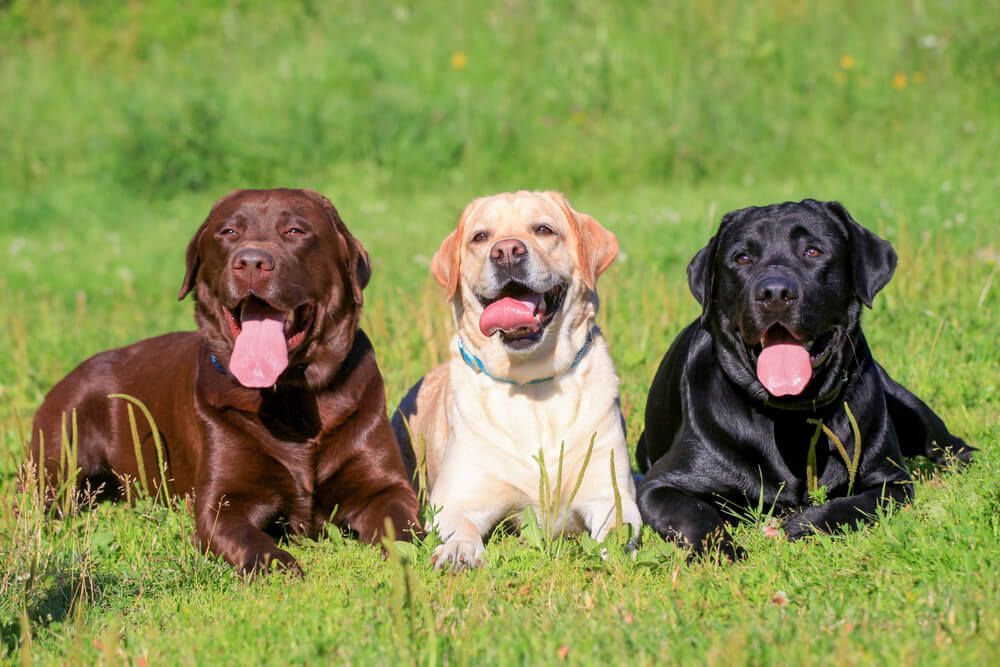

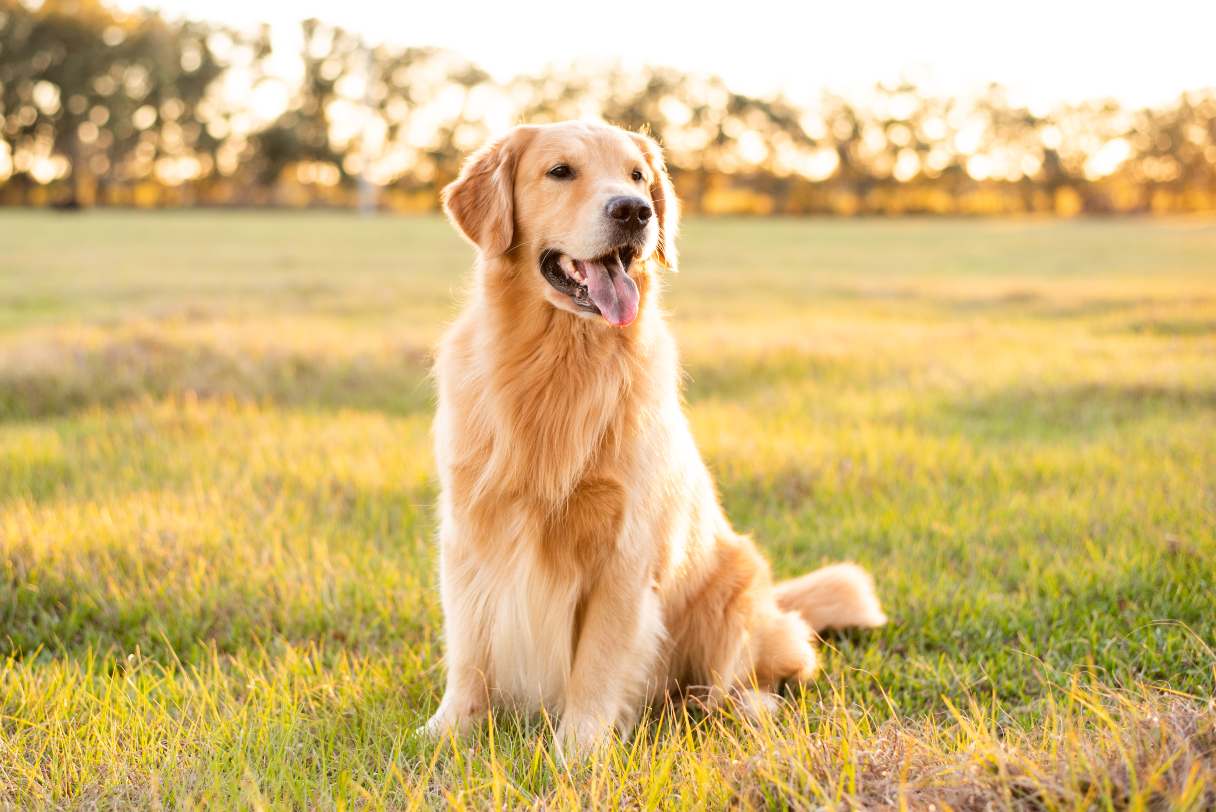
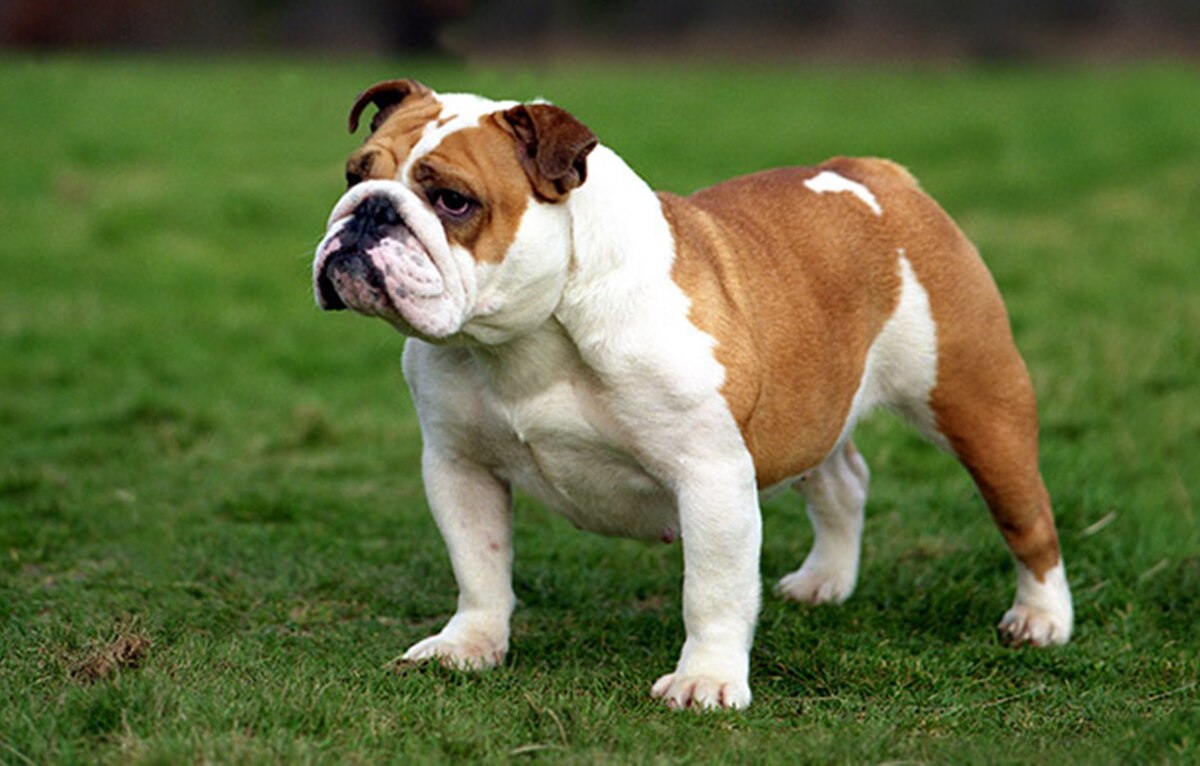
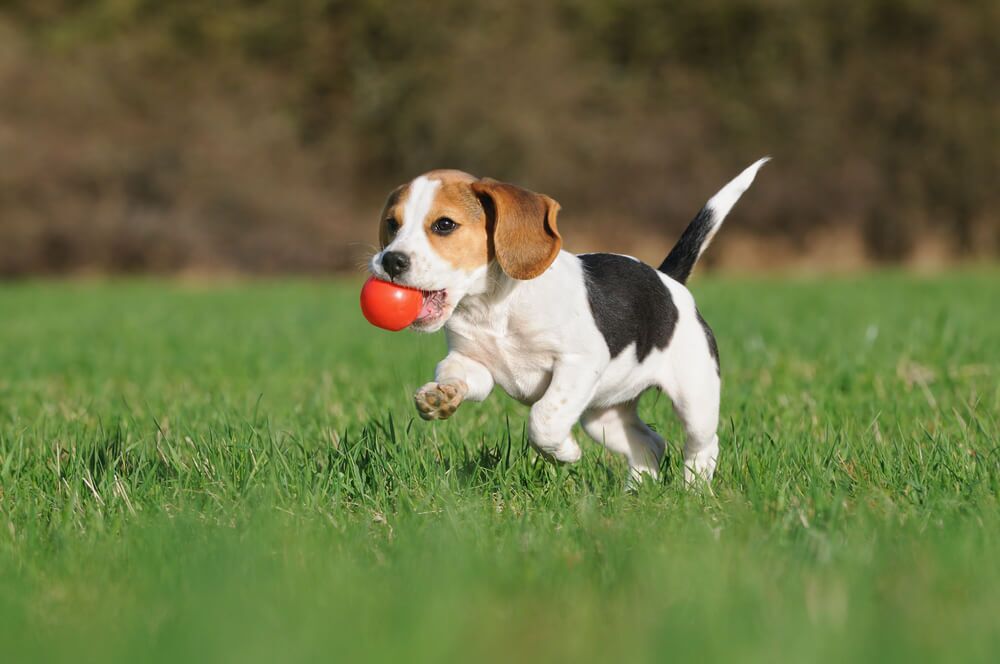
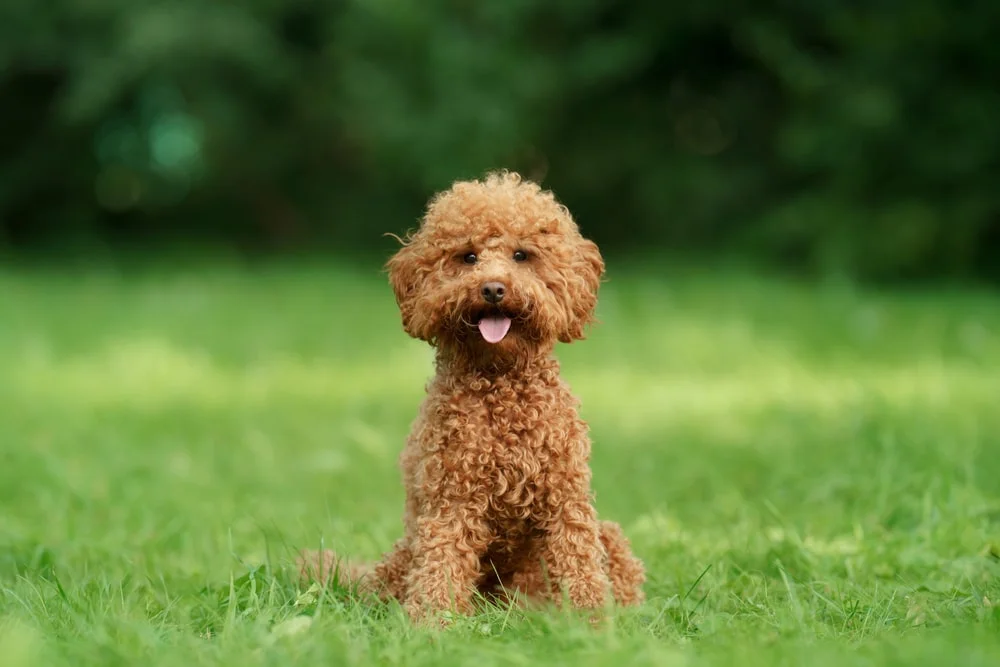

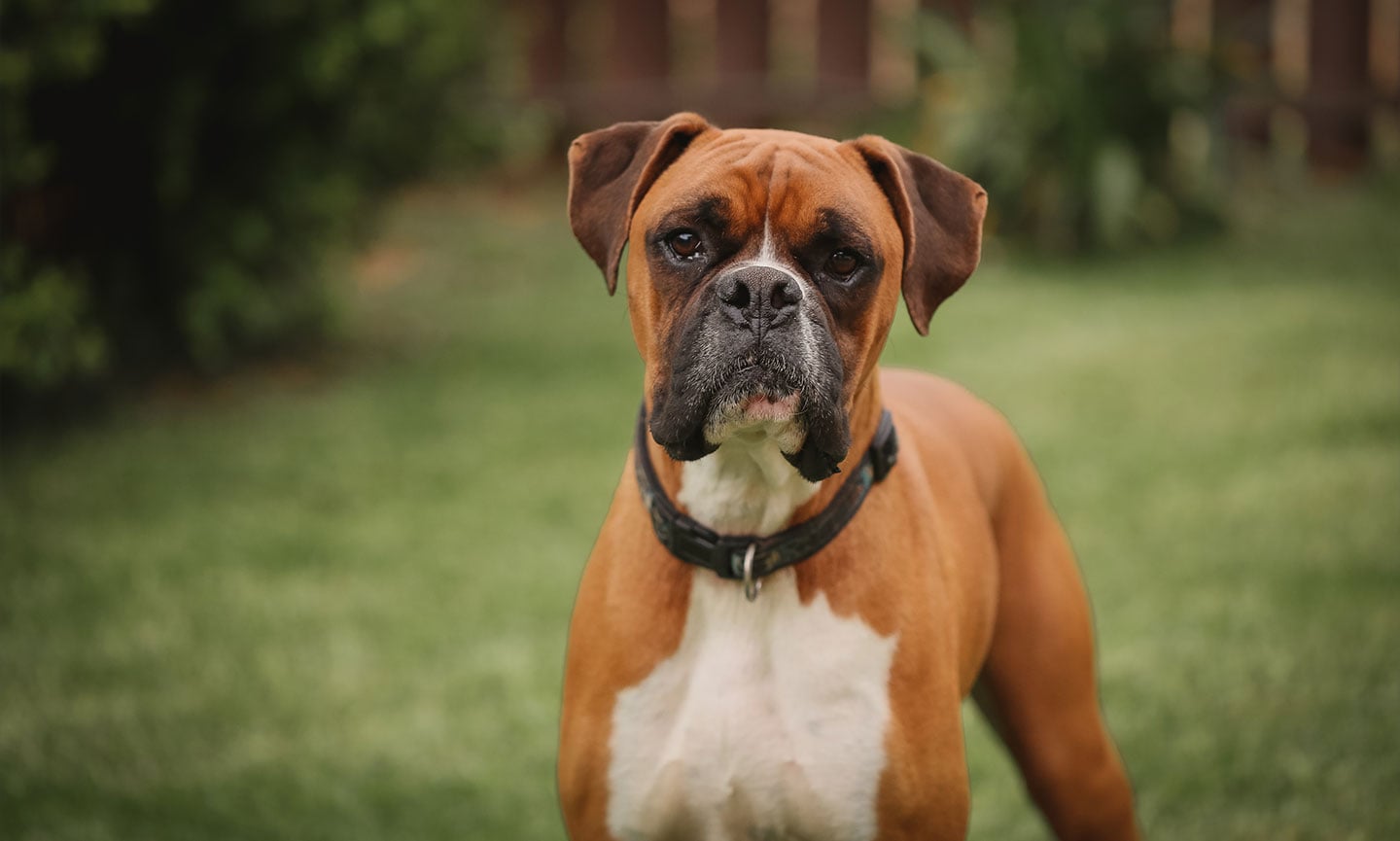


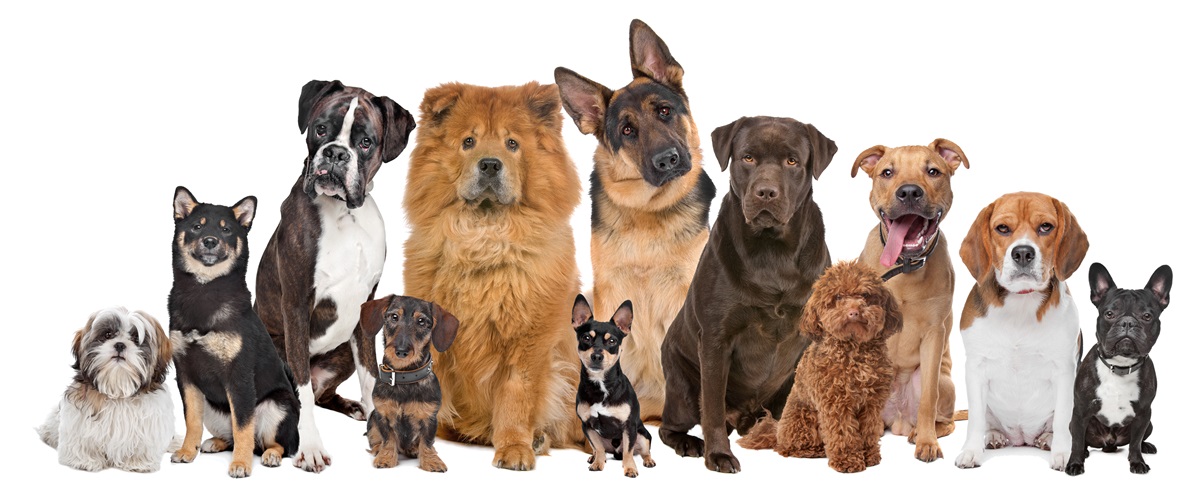
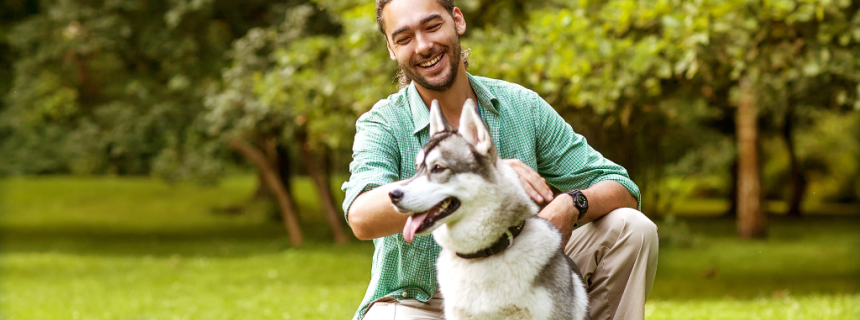

Comments
Post a Comment